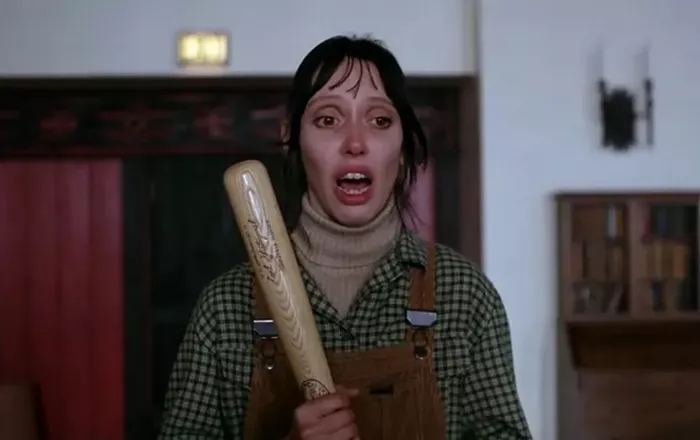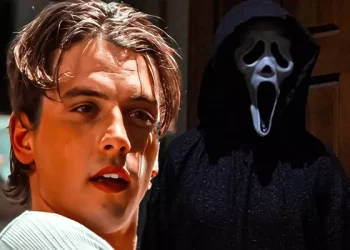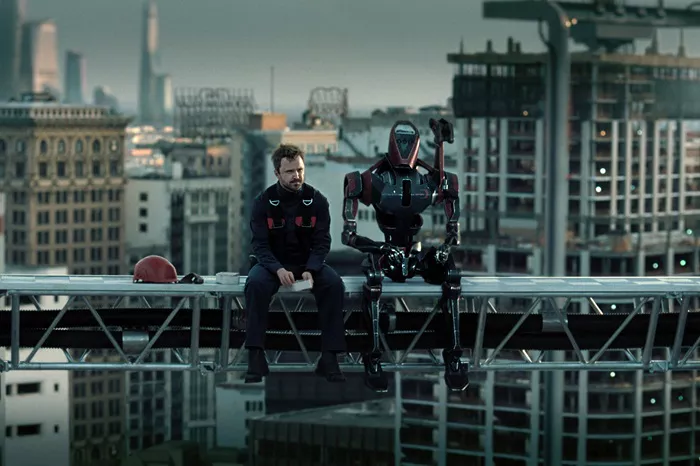Stanley Kubrick’s cinematic masterpiece, “The Shining,” based on Stephen King’s novel of the same name, continues to captivate audiences with its eerie atmosphere and psychological depth. One aspect that has fueled discussions and debates for decades is the film’s enigmatic ending. Delving into the intricacies of the final scenes, we aim to unravel the mysteries and interpretations surrounding the conclusion of “The Shining.”
Setting the Stage: What is the Ending of “The Shining”?
As the Overlook Hotel stands ominously in the background, the film’s closing moments leave viewers questioning the sanity of its protagonist, Jack Torrance, played memorably by Jack Nicholson. What is the ending of “The Shining”? The answer lies in the interplay of supernatural elements, psychological horror, and Kubrick’s deliberate ambiguity.
Navigating the Labyrinth of Madness: What is the Ending of “The Shining”?
The labyrinthine corridors of the Overlook Hotel become a metaphorical representation of Jack’s descent into madness. The question persists: What is the ending of “The Shining”? Some argue that Jack succumbs to the malevolent forces within the hotel, while others interpret the labyrinth as a manifestation of his unraveling psyche. Kubrick leaves the audience with an unsettling uncertainty, forcing them to confront the blurred lines between reality and the supernatural.
The Cryptic Role of the Overlook: What is the Ending of “The Shining”?
The Overlook Hotel itself becomes a character in the narrative, its haunted history intertwining with the Torrance family’s fate. What is the ending of “The Shining”? The Overlook’s malevolent influence on Jack Torrance is undeniable, but the nature of this influence remains open to interpretation. Is it a manifestation of the hotel’s ghosts, or does it tap into Jack’s own demons, pushing him to the brink of insanity?
The Shifting Realities: What is the Ending of “The Shining”?
Kubrick’s skillful manipulation of reality blurs the distinction between what is real and what is supernatural. What is the ending of “The Shining”? The film invites viewers to question the authenticity of the events, as the boundaries between the tangible and the spectral become increasingly indistinct. Jack’s descent into the otherworldly depths of the Overlook leaves audiences grappling with the uncertainty of whether the horrors are external or manifestations of his internal demons.
Symbolism in the Snow: What is the Ending of “The Shining”?
The vast snow-covered landscape surrounding the Overlook adds another layer to the film’s conclusion. What is the ending of “The Shining”? The isolation and desolation of the snowscape serve as a visual metaphor for the psychological isolation of the characters. The expansive emptiness raises questions about the permanence of the horrors within the hotel and the fate of the surviving characters.
The Enigmatic Role of Danny: What is the Ending of “The Shining”?
Danny Torrance, the young psychic with the ability to “shine,” plays a pivotal role in the film’s conclusion. What is the ending of “The Shining”? Danny’s powers, which connect him to the supernatural realm, add complexity to the narrative. As the Overlook’s sinister influence intensifies, Danny’s visions become more enigmatic, leaving audiences to ponder the extent of his understanding and control over the unfolding events.
Kubrick’s Visual Language: What is the Ending of “The Shining”?
Stanley Kubrick’s meticulous attention to detail is evident throughout “The Shining,” and the ending is no exception. What is the ending of “The Shining”? Kubrick employs visual symbolism and subtle cues to convey layers of meaning, challenging viewers to delve deeper into the psychological and metaphysical aspects of the narrative. The deliberate placement of objects, the use of color, and the unsettling symmetry contribute to the film’s lasting impact.
The Overlook’s Ghostly Inhabitants: What is the Ending of “The Shining”?
The Overlook Hotel is home to a spectral cast of characters whose presence haunts the narrative. What is the ending of “The Shining”? The ghosts within the Overlook, such as the Grady twins and the mysterious woman in Room 237, play a significant role in Jack’s descent into madness. Yet, their true nature and the extent of their influence remain shrouded in ambiguity, inviting multiple interpretations.
Jack’s Final Act: What is the Ending of “The Shining”?
Jack Torrance’s ultimate fate is a focal point of discussion among fans and critics alike. What is the ending of “The Shining”? Jack’s pursuit of his son through the frozen hedge maze culminates in a confrontation that is as chilling as the wintry setting. Some argue that Jack’s demise is a result of the Overlook’s malevolence, while others see it as a culmination of his own choices and actions. Kubrick, ever the master of ambigunterpretation.
The Aftermath: What is the Ending of “The Shining”?
The film’s final moments, with Wendy and Danny escaping the Overlook in the snowcat, raise questions about the lingering impact of their traumatic experience. What is the ending of “The Shining”? The sense of relief and liberation is tempered by the uncertainty of the psychological scars left behind. The film’s conclusion invites viewers to reflect on the enduring effects of the Overlook’s horrors on the surviving characters.
See Also: Why is Pulp Fiction so Famous?
Interpreting the Maze: What is the Ending of “The Shining”?
The hedge maze serves as a pivotal setting for the film’s climax, adding a layer of complexity to the conclusion. What is the ending of “The Shining”? Some interpret the maze as a physical manifestation of Jack’s internal struggles, while others see it as a symbolic representation of the labyrinthine nature of the Overlook and the psychological maze the characters navigate. The maze becomes a canvas for viewers to project their interpretations and theories about the film’s enigmatic resolution.
Kubrick’s Departure from King’s Vision: What is the Ending of “The Shining”?
Stephen King’s novel provides a different resolution to the Torrance family’s ordeal at the Overlook, leading to inevitable comparisons with Kubrick’s adaptation. What is the ending of “The Shining”? Kubrick’s departure from King’s vision has been a source of contention among fans. While King’s conclusion provides a more explicit supernatural showdown, Kubrick’s ambiguity allows for a more nuanced exploration of psychological horror and the fragility of the human mind.
Theories and Interpretations: What is the Ending of “The Shining”?
Countless theories abound regarding the true meaning of the film’s conclusion. What is the ending of “The Shining”? Some posit that the Overlook serves as a purgatory for Jack Torrance, a place where he is condemned to relive his descent into madness indefinitely. Others suggest that the film’s supernatural elements are symbolic of the cyclical nature of trauma, echoing through generations. The richness of “The Shining” lies in its ability to invite diverse interpretations, ensuring its place in cinematic discussions for generations to come.
Legacy and Influence: What is the Ending of “The Shining”?
“The Shining” continues to be a cultural touchstone, inspiring countless filmmakers and leaving an indelible mark on the horror genre. What is the ending of “The Shining”? The film’s legacy extends beyond its chilling narrative and enigmatic conclusion, influencing subsequent generations of filmmakers who aspire to capture the same level of psychological depth and visual storytelling mastery.
Conclusion: Deciphering the Unsettling Finale of “The Shining”
In the end, the question lingers: What is the ending of “The Shining”? Stanley Kubrick’s deliberate ambiguity ensures that there is no definitive answer. The film’s enigmatic conclusion is a testament to its enduring power to provoke thought, inspire debate, and haunt the collective imagination. As audiences continue to revisit the Overlook Hotel, the mysteries of Jack Torrance’s descent into madness and the supernatural forces that permeate its corridors will remain a source of fascination and speculation for years to come.
























